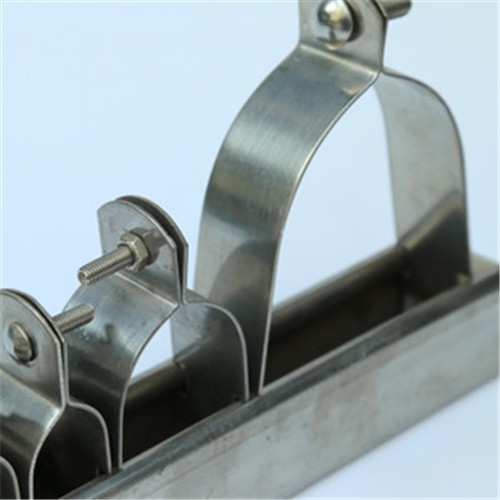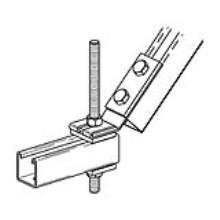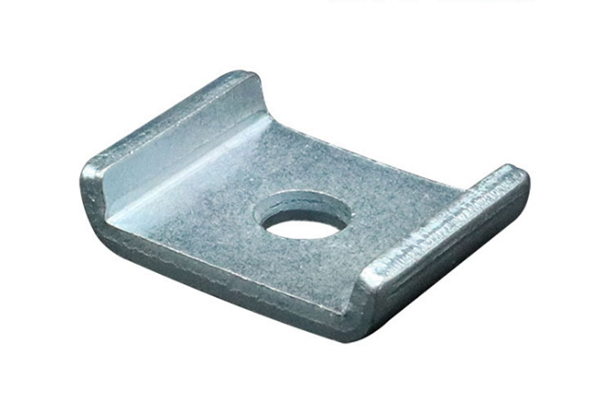


This study analyzed the loading process and failure modes of the test model, and the skeleton curve and hysteretic curve data were collected. It was widely used in ancient timber buildings preserved from the Ming and Qing dynasties. The prototyped test model is a type of Chinese traditional timber architecture named Qilinyingshan. This paper used experimental and numerical methods to study the restoring force model of Kanchuang frames, which were used frequently in Chinese ancient timber structures, particularly in North China. Kanchuang frames are important parts of traditional timber architecture in China. The proposed bi-linear semi-rigid spring models were in good agreement with the test results, so the general assumptions made were valid. The triple-tier specimen sustained more serious damage than the other two types, where the middle Dou member was more prone to split due to stress concentration. The counter-resistance force observed from the tension side resembled that of rigid-body rotation. However, when the global structure was subjected to tension, the joints of Gong, purlin support and purlin members were more likely to be pulled out. The Gong members functioned like braces and subsequently led to enhanced resistance.

The test specimens generally exhibited significantly higher resistance when all horizontal members sustained compression. Of quasi-static cyclic tests was applied to full-scale specimens to evaluate their seismic behaviour when subjected to out-of-plane loading. From past statistical investigation, single-tier, double-tier and triple-tier asymmetric bracket designs were chosen as test subjects. The Taiwanese Dieh-Dou-type complex brackets used in traditional timber buildings are commonly believed to sustain both in-plane and out-of-plane loadings of the main frame during seismic events.


 0 kommentar(er)
0 kommentar(er)
